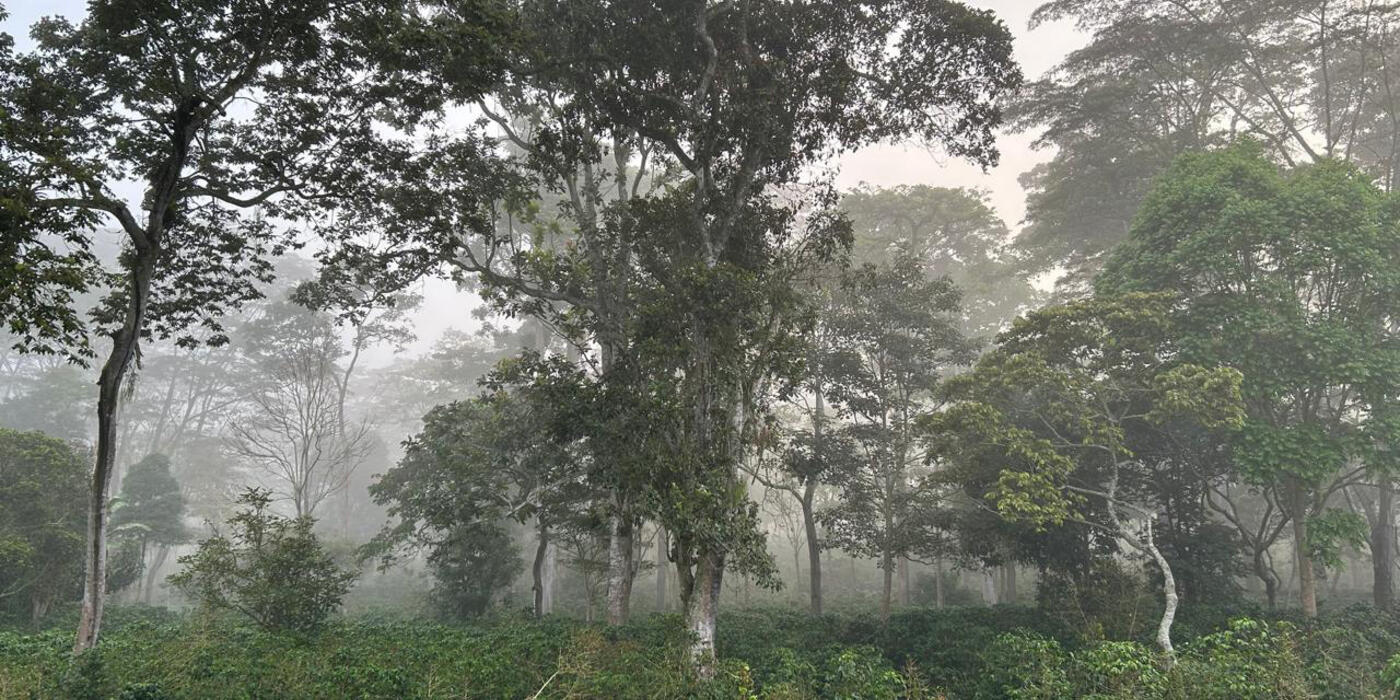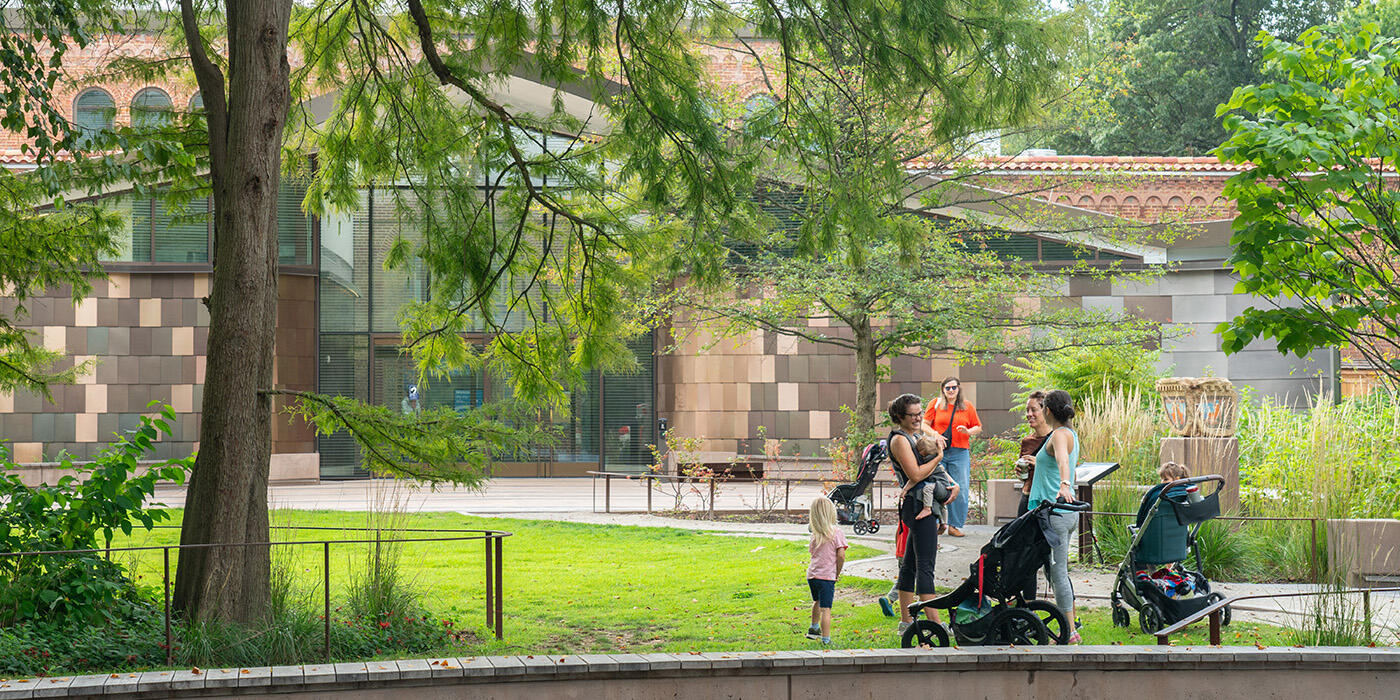A Rare Look Inside the Nests of Declining Prairie Songbirds
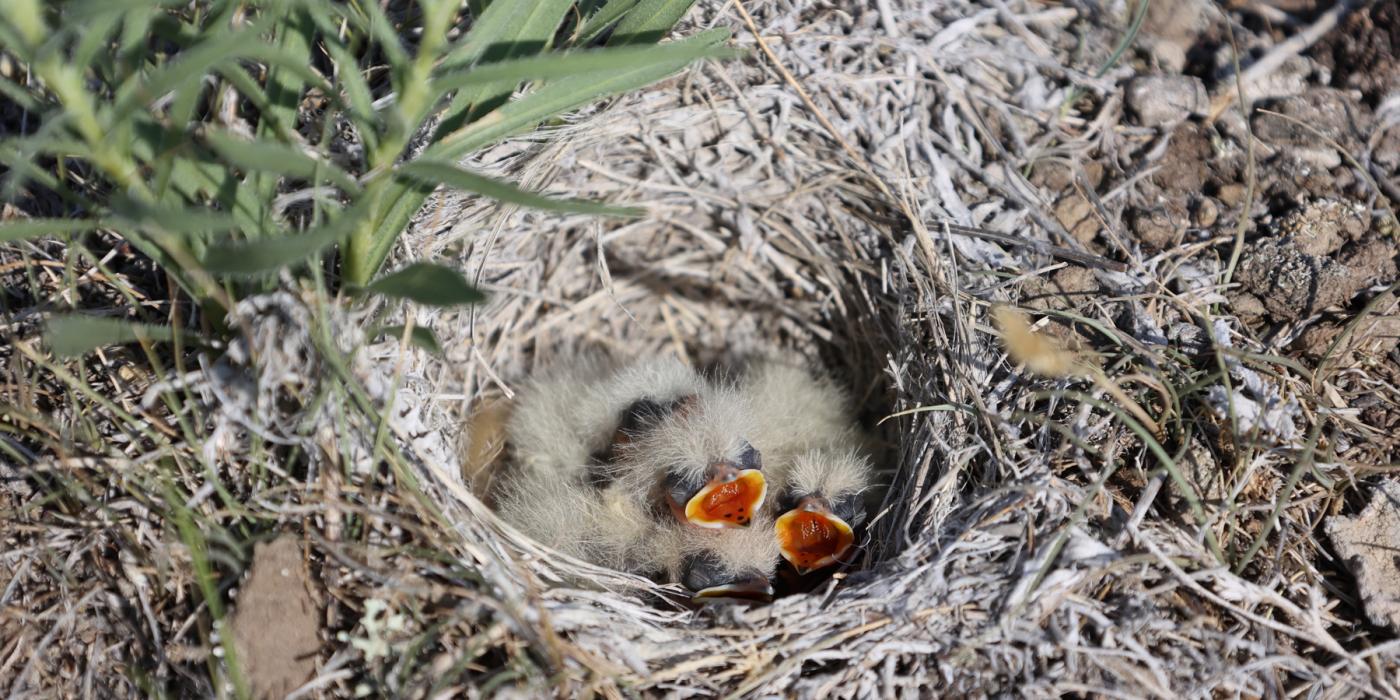
Each spring, the Northern Great Plains goes through an incredible transformation. The quiet, snow-blanketed prairie turns green and erupts with life as migratory birds return to build nests and raise their young. Birds sing from mid-air, floating against the endless blue of the Big Sky. When they think no one is looking, they sneak through the tangled grasses to feed their hungry chicks.
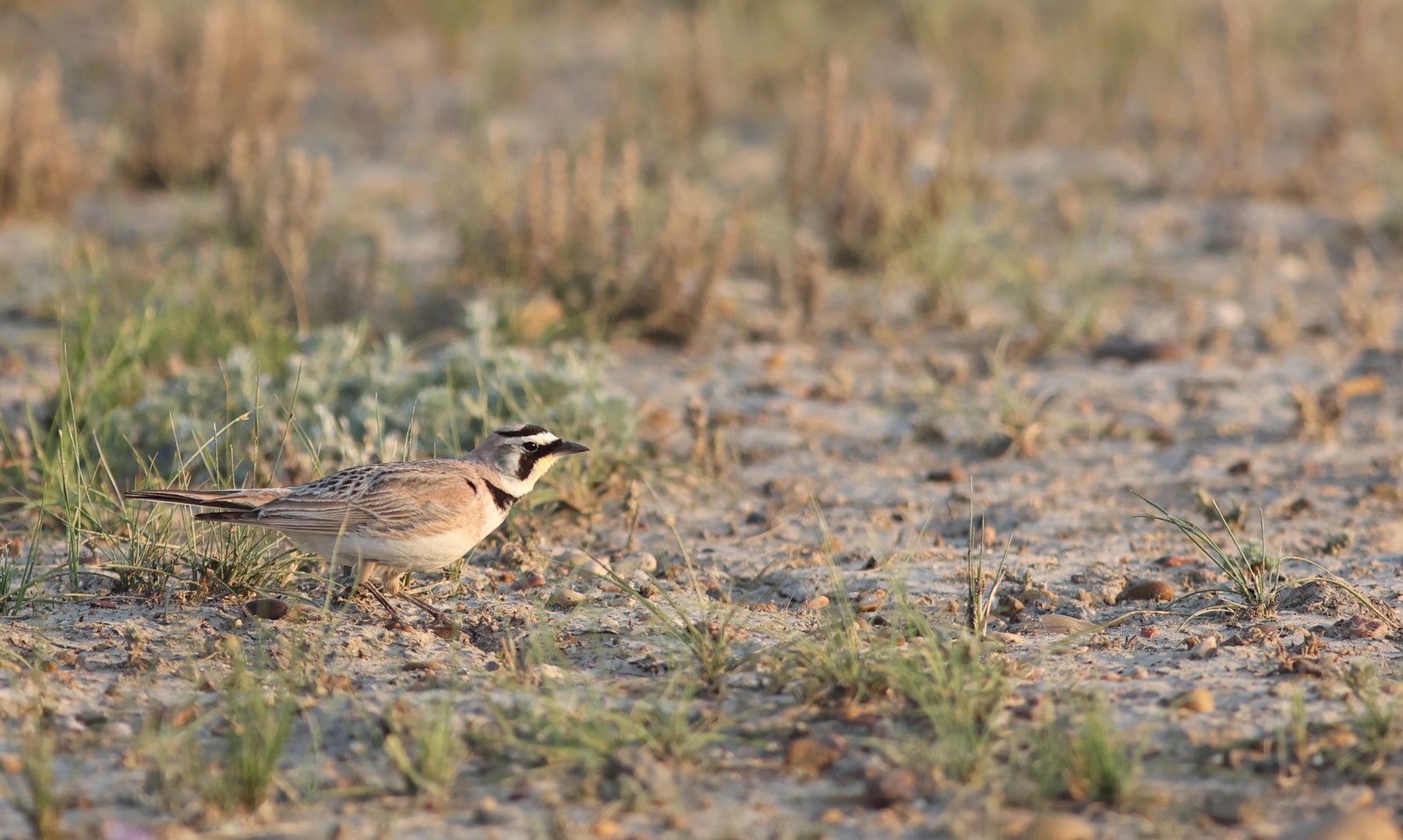
The region where I work in Montana is one of the last places where extensive prairie remains, making it crucial for grassland bird conservation. To protect bird populations, we need to know about nest success: what percentage of nests successfully fledge chicks? (Fledging is when a young bird leaves the nest after developing flight feathers.) How does nest success change based on habitat characteristics or the presence of other animals?
My research focuses on understanding how the nest success of grassland birds changes in the presence of prairie dogs. Black-tailed prairie dogs are a keystone species because their burrowing and grazing creates prairie dog “towns” — distinct patches of open habitat featuring shortgrass prairie, burrow mounds and abundant wildflowers.
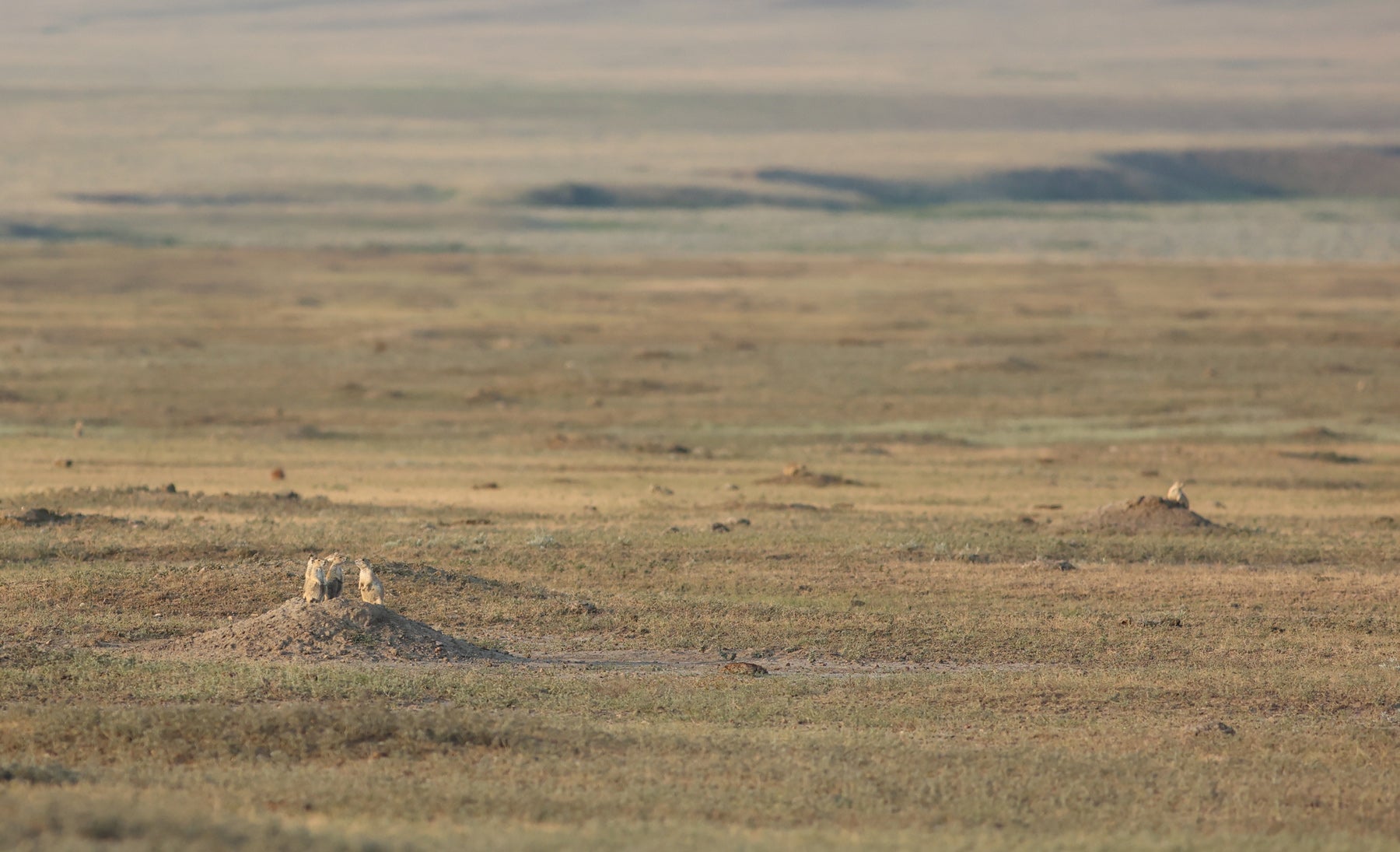
A bustling black-tailed prairie dog town on Fort Belknap Indian Reservation, which conserves the most extensive prairie dog colonies in the region. Note that this photo was taken during a drought that affected the extent and height of vegetation.
Even though many kinds of birds breed on prairie dog towns, we know surprisingly little about nest success within this unique habitat. Is it higher or lower than nearby prairie? How does it vary for each bird species? Prairie dog towns could affect nest success in many ways. They are hubs of predator activity; badgers and coyotes hunt prairie dogs, while snakes live in old burrows. At the same time, birds may be able to spot predators from farther away in the shorter grass. They could also eavesdrop on prairie dogs’ intricate alarm calls for warnings that predators are nearby. We simply don’t know yet, but we’re eager to test our ideas and find out.
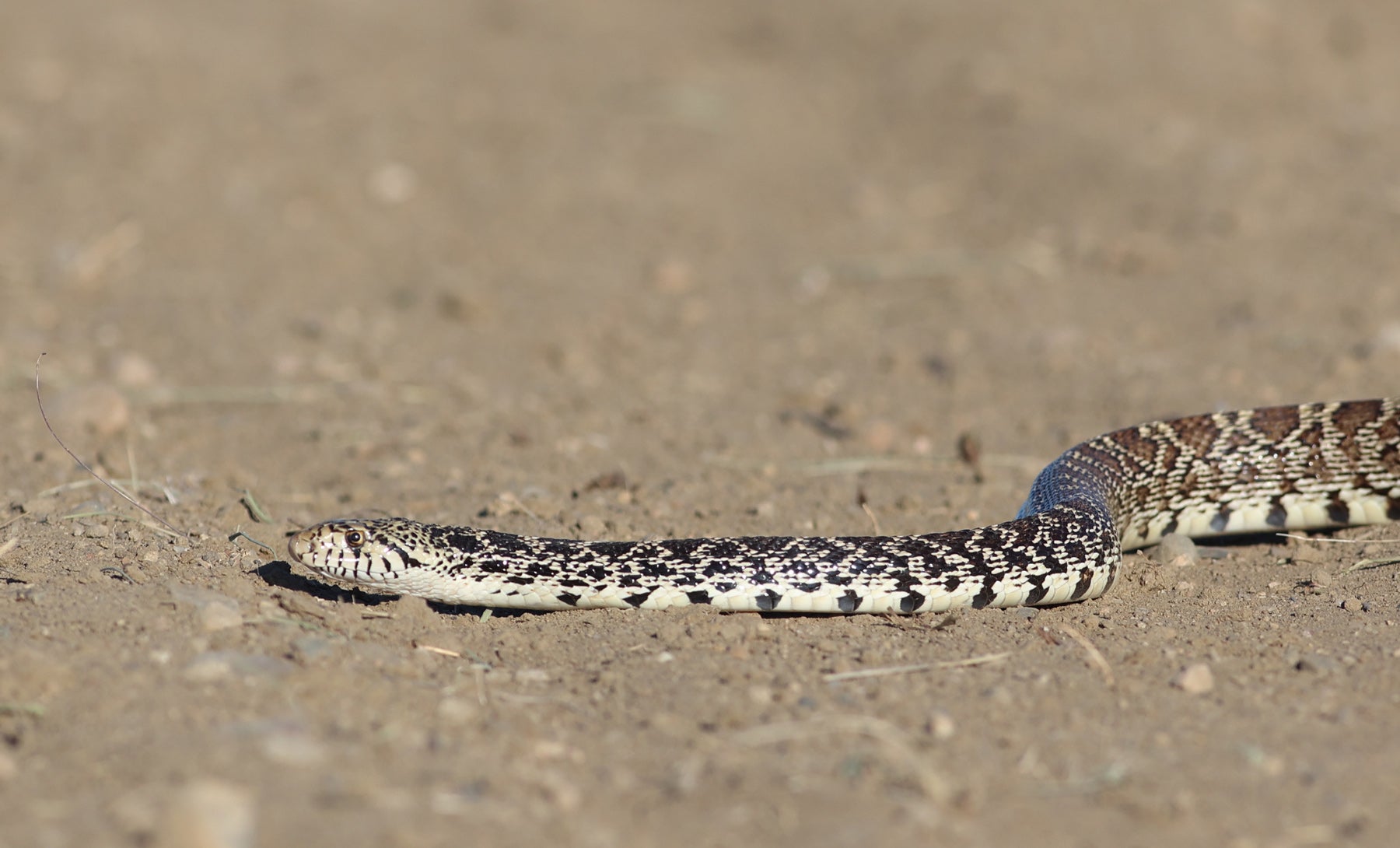
A gopher snake (Pituophis catenifer) slithers across a dirt road in Phillips County, Montana.
Last summer, I set out with our Smithsonian research team to find as many bird nests as I could for my first season collecting data. We focused on two species: horned larks (Eremophila alpestris), which are abundant on prairie dog towns, and chestnut-collared longspurs (Calcarius ornatus), which are found near prairie dogs and in taller grasses. The best strategy for these songbirds is to pick a well-camouflaged location and to keep their nest hidden. The last thing they want is for a predator (or researcher) to find their nest. Birds will even switch to a new spot if they realize they’ve been discovered building a nest.
Searching for nests is patience-testing work. It demands long hours following birds across the hot summer prairie without any shade. This work doesn’t require much technology: only binoculars, a handheld GPS unit, a field notebook and willpower. After training my binoculars on a female bird for 30 minutes straight, my hands would cramp and my eyes would ache. But seeing her scurry to her nest would make all the hardship melt away with the thrill of a well-earned victory.
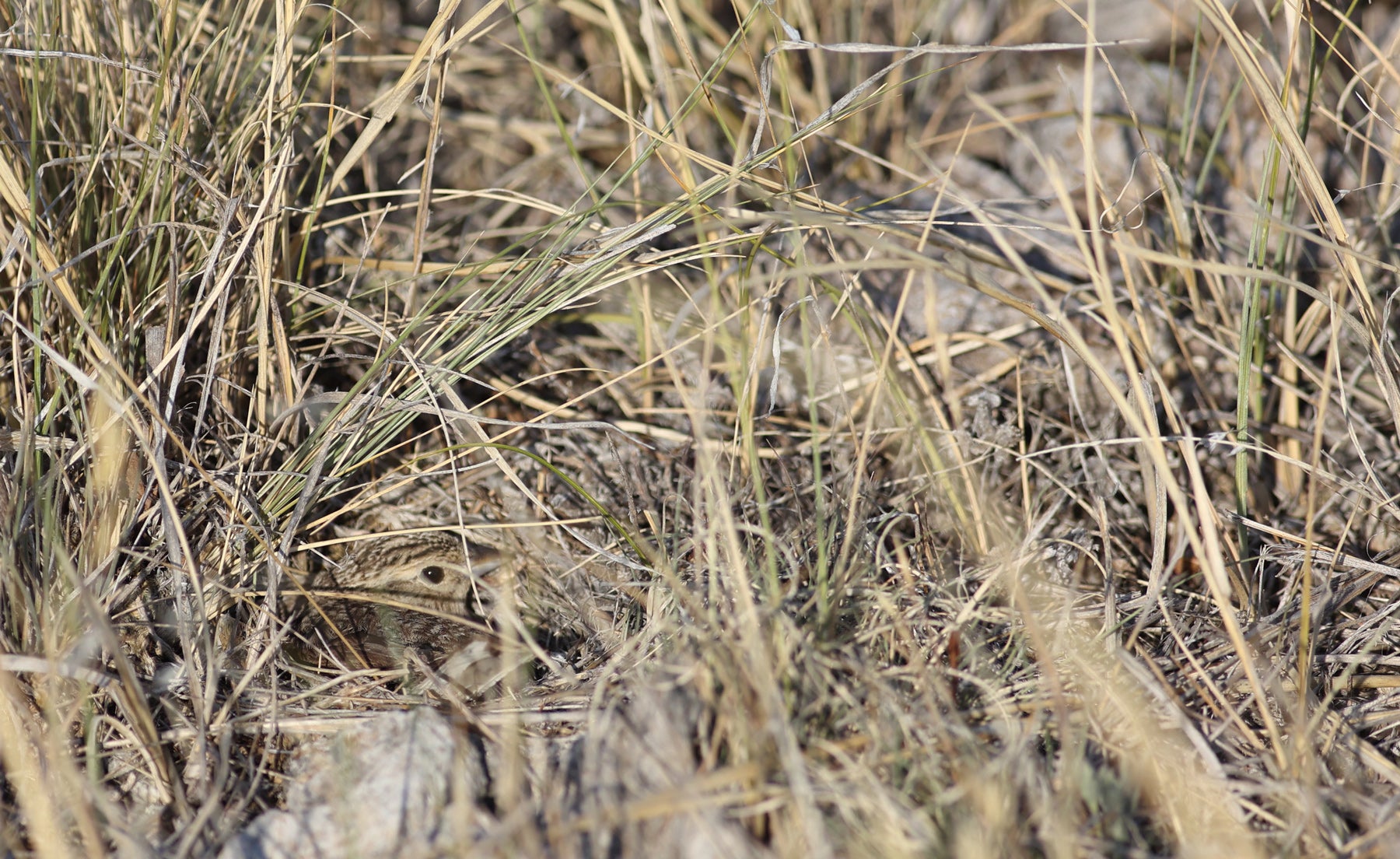
A female chestnut-collared longspur sits concealed as she incubates the eggs in her nest. Can you spot her?
To compare nest success on and off prairie dog towns, we monitor bird nests from scraggly shrubs and dense, shin-high grasses to the heart of bustling prairie dog towns where the grass scarcely reaches above our ankles. Once we find a nest, we visit every 2-3 days to check its status and measure the chicks. We take precautions to ensure we don’t lead predators back to the nest, like covering the scent on our hands with dirt. Chicks grow quickly so they can leave the nest as soon as possible. They usually fledge just 8-10 days after hatching! It’s a special feeling to watch a nest through each intimate stage of development, from incubating eggs, to freshly hatched feather tufts, to awkward yet energetic chicks ready to fledge.
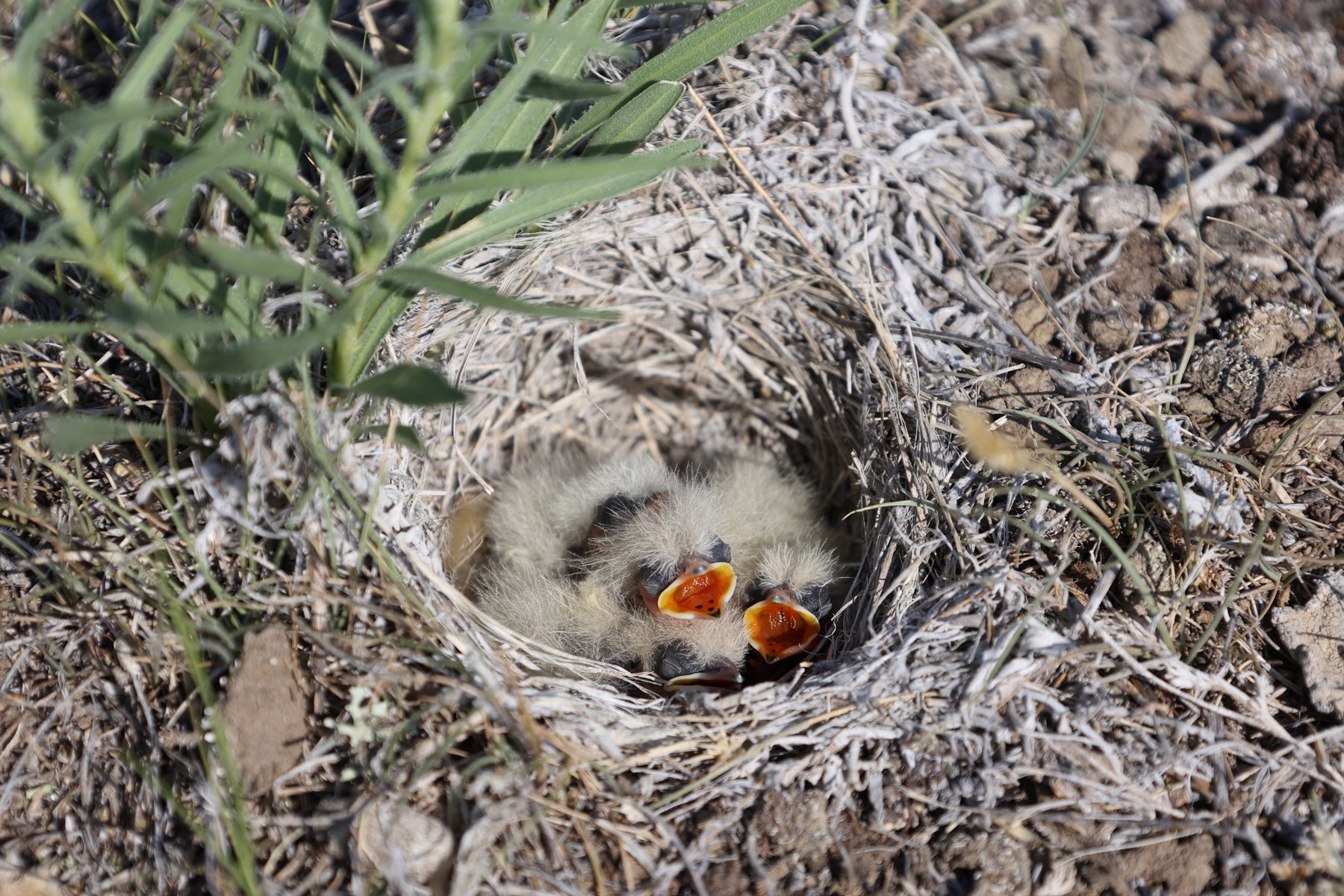
Hungry horned lark chicks beg for food during a nest monitoring check.
We know from previous research that species like mountain plovers, burrowing owls and horned larks rely on prairie dog towns for habitat. Unfortunately, prairie dogs only occupy about 2% of their former range. They face many serious threats, such as habitat destruction and sylvatic plague, a nonnative disease for which they have no natural immunity. At the same time, grassland birds are the most rapidly declining group of birds by habitat type in North America. We will need to collect data for a few more years in order to know how nest success for grassland birds changes on prairie dog towns. But, given the threats they face, we must act urgently to protect both important groups of animals and their habitat.
Related Species:

